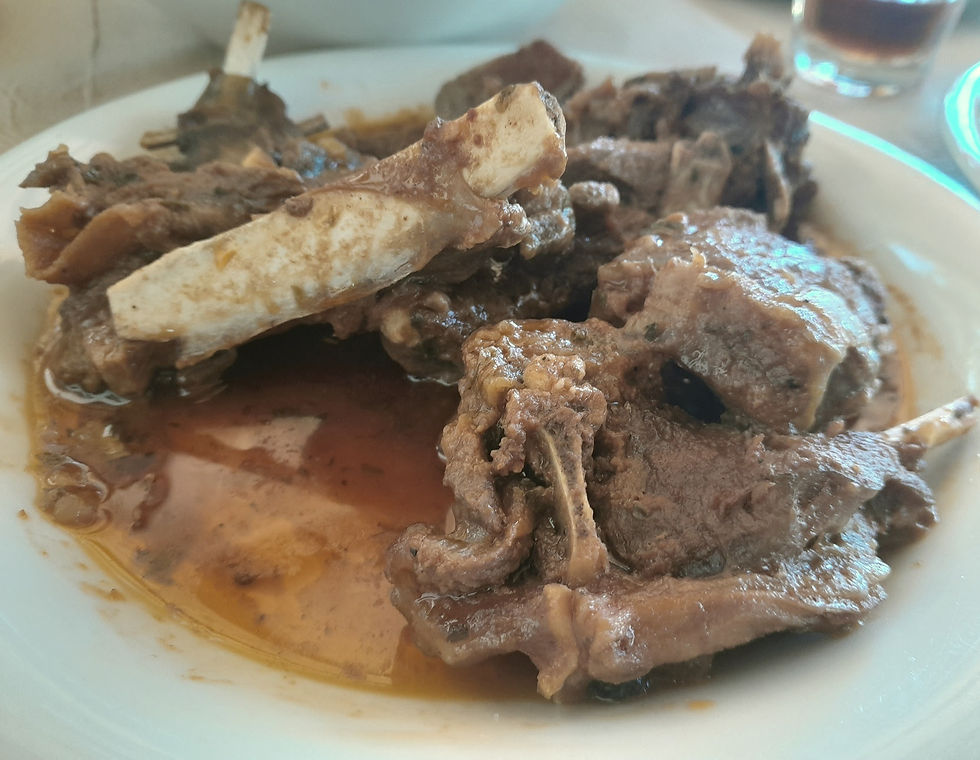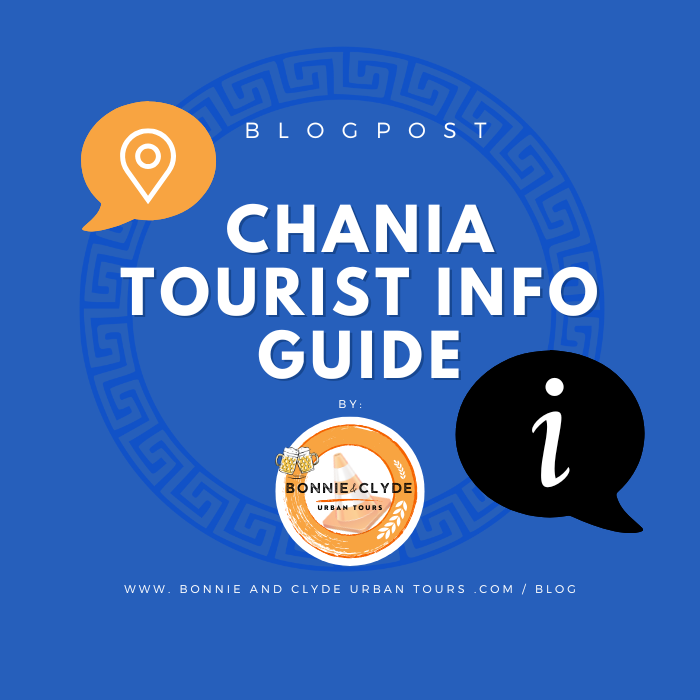Foods You Must Eat in Crete!
- Clyde

- 6 days ago
- 4 min read
Updated: 3 days ago
Mediterranean Diet, Cretan Gastronomy or Greek Food specialties?
All chapters from the same story: The Foods You Must Eat in Crete!
Crete, the biggest of all Greek islands, is the heart of Mediterranean gastronomy.
Let's see why...
The super tasty & famously healthy food that you can find in Crete, is a significant reason to visit the island - especially if you are a foodie or looking for a real gastronomy experience. The food standards are so high, that even an average cooked meal, for us locals, probably will taste like heaven to most of travellers.
There are two basic reasons that make food on Crete really tasty:
The climate
Crete is positioned geographically, very close to Africa, Asia & Europe (the south coast of the Chania prefecture is in a distance shorter than 300 kms. to Libya, which is closer than the route Chania - Athens).
The island has many microclimates (from snow covered mountains to dry sandy beaches), very warm summers & mild winters with lots of rain. All these elements are creating a fertile terrain, ideal for growing vegetables, olive & fruit trees of almost any kind but also happy free range animals, like the Cretan goat. If you add on top the fresh water springs, then you'll have the full picture.
THE ROOTS
Cretan gastronomy has very deep roots in the past (more than 6.000 years) going back to the Minoans. The kingdom of the oldest civilization in Europe was and still is in Crete. The Minoans - with their unbeaten fleet of ships - were trading with other cities states around the Mediterranean Sea their goods (olive oil, wine, honey, seeds, ceramics etc.) while importing goods like beer, spices and recipes unknown to them. Cretan cuisine has a huge influence from this past. Arab, Ottoman or Latin food recipes that became known to Cretans during the years of the island occupation are still part of every day's cooking traditions.
Below we'll present three of the best foods you must eat, while in Crete, in order to understand the Cretan cooking philosophy.
For more tastes & authentic experiences, follow us in one of our:
#an authentic lifetime experience
The list with Cretan foods can be extensive and sometimes recipes even vary from the West to East coast of the island. What is really magic in the Cretan cuisine is that with the amazing hard to beat ingredients that you can easy find, you may create your own tasty recipes.
-- Must Foods to Eat in Crete (1st layer) --
linked with suggested restaurants & tavernas, that we visit - eat ourselves

Maybe the most iconic recipe on the island and the most easy to make, if you are a rookie in Cretan cuisine.
You can find Ntakos almost in all Crete's taverns or restaurants very often in different variations. The best season to have it is from the beginning of July to late September, where tomatoes are really juicy & tasty.
The basic ingredients are six but the most important are: the Summer juicy red Cretan tomatoes, lots of virgin olive oil, the local soft cheese (mizithra) & crispy (not very soft) barley rusks (big croutons, double baked).
For maximum taste you'll also need to have sea salt & mountain oregano.

This is one of the very very few recipes in the Cretan cuisine that we don't use olive oil in order to cook it. The only ingredients that we need are: the meat cut in pieces, red wine, salt, pepper & daphne (bay of laurel) leaves.
The whole cooking process is really simple. We need to really slow cook the meat for 5-6 hours, in it's own fat & wine. It'll be ready, when it melts in our mouth.
The goat meat variation is tastier & healthier than the lamb, as most of the goats are free range in Crete. That means that goats have less fat & eat better quality food direct from nature. You'll find the original goat meat recipe in few small taverns, hidden on the Cretan Mountains!
The wild greens have very deep roots in the Cretan cooking tradition as the local population realized how good they are for a healthy life but also affordable, as they grow naturally everywhere and the only tricky part is for you to be able to recognize & hand pick them. There are dozens of different types of wild green, grown in different seasons, altitudes, terrains & their taste varies from bitter to semi-sweet and everything between.

The cooking is in total simplicity: steam or boil them in hot water for a few minutes (remember to clean them from any sand or mud beforehand. You might need to remove the root part as well). Drain the greens and top with lots of olive oil & fresh lemon juice in a deep dish.
The best alternative by far to the Greek salad, when tomatoes are not tasty during the winter months, and the ultimate side dish for fish - sea food.
You may find wild greens in traditional pies and meat recipes as well.
Always have in mind that Cretan cuisine's basic ingredient is not the meat but the vegetables, the wild greens, the herbs, the diary products & of course the Olive Oil. In case you would like to taste original Cretan meat, then you better order goat, lamb or rabbit.
Pork and beef meat are imported.

With all the above in mind and a great feeling of respect to the Cretan Nature, we created in 2023 our Eat & Crete Food Tour [out of the box] in Chania's White Mountains.
A non touristy lifetime experience that presents the Cretan traditions, lifestyle, village people & food roots to the visitors of our island.
We, at Bonnie and Clyde Urban Tours, prefer to stay out of the easy touristy path & business style of copying a downtown Chania food tour that ends up being the same with all the others.
The goal for us is to present the authentic part of Crete that we are interested in, always with the thought to leave behind the smallest possible foot-print on our beautiful planet Earth.






댓글